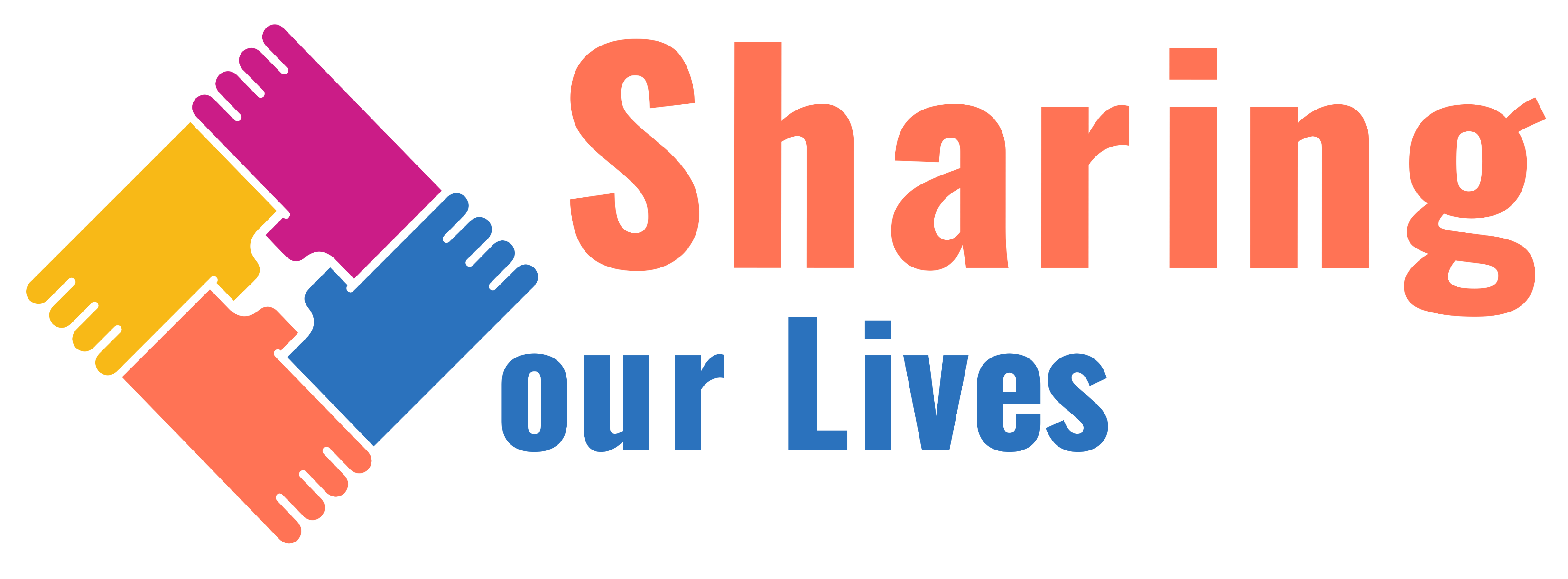Lesson 2
The Language of Peace‘Far More Unites Us Than Divides Us’
Age group: 11 – 13yrs
Aim
To understand the language used to describe peace by examining diverse sources of inspiration;
extracts from religious texts and quotes from spiritual leaders.
Learning Objectives
- To critically analyse texts on peace used/practiced by faith communities and identify similarities
- To better understand what inspires us and sustains us as peacebuilders
- For students to start to be more visual literate (i.e. the use of language, communication and interaction) in order to exchange ideas and navigate our highly visual digital world.
- To understand the connection of religious meanings to peacebuilding practice.
Background
A prerequisite before starting the lesson would be to establish and maintain a safe space and trust within the group. When exploring different terminology and understanding different perspectives, there is the need to establish clear ground rules regarding dialogue, and to be sensitive to different backgrounds. Sharing information and perspectives on comparative themes within different religions offers students opportunities to move into more complex or controversial areas.
This lesson looks at conflict and the importance of coexistence and interfaith dialogue. It emphasises promoting the common principles present in a number of major religions and the stance taken on promoting peace.
A definition of peace as stated by the Peace Education Network is:
‘all the values, attitudes and forms of behaviour that reflect respect for life, for human dignity and for all human rights, the rejection of violence in all its forms and commitment to the principles of freedom, justice, solidarity, tolerance and understanding between people’.
Students will be reinforcing skills of communication, critical and creative thinking, cooperative problem-solving, and the ability to see issues from multiple perspectives by learning from the selected quotes and develop an understanding, one step towards exploring interfaith dialogue.

Activity
Icebreaker
Clip from ‘Inside Out’ – about Conflict
After viewing discuss the following questions:
- Which, if any, of the character’s emotions do you recognise?
- In yourself?
- In a close friend or family-member?
- What do you notice about the influence of different emotions in this scene?
- What is this clip about, what one word would you use? (CONFLICT)
- What is the opposite of this word? (PEACE)
Time: 10 Mins.
Resources: Laptop, Data Projector with Sound.
Definitions
Examine what we mean by the words Peace and Reconciliation?
- Brainstorm in groups the word Peace and think of examples relating to the word/phrase selected
- In whole class feedback with examples – Groups give two responses at a time until list is exhausted
- Then again in groups brainstorm word Reconciliation, again think of some examples; local, national or international
- Census of opinion on the definition of the two words
- Which word was easier to define and why?
- Do we need peace and reconciliation? If so why?
Time: 20 Mins.
Resources: Flip chart paper Felts, Definition of Peace and Reconciliation (see teachers notes).
.
Scriptural quotes on peace
Gallery Walk: Post the quotes where everyone can see them. Give the group (three or four students) time to walk around the room and read the texts on peace from the different religions Students to note down:
- What the message is about the text?
- Any terminology/words that you would like to explore further in the main group
- Do you notice any similarities and differences? What are they?
Time: 20 Mins.
Resources: Selection of texts and quotes (see teachers notes).
Plenary
In a large Group Discussion ask the group to reflect on the following questions:
- What did you learn from this exercise?
- What strength can be found in the similarities? If the group found some differences, are they all religious differences, or do some reflect culture or other factors?
- What was the most interesting part of this exercise? Why?
- What was the most challenging part of this exercise? Why?
Time: 10 Mins.
Resources: Plain A4 paper and coloured pens/crayons, Record on flip chart paper



